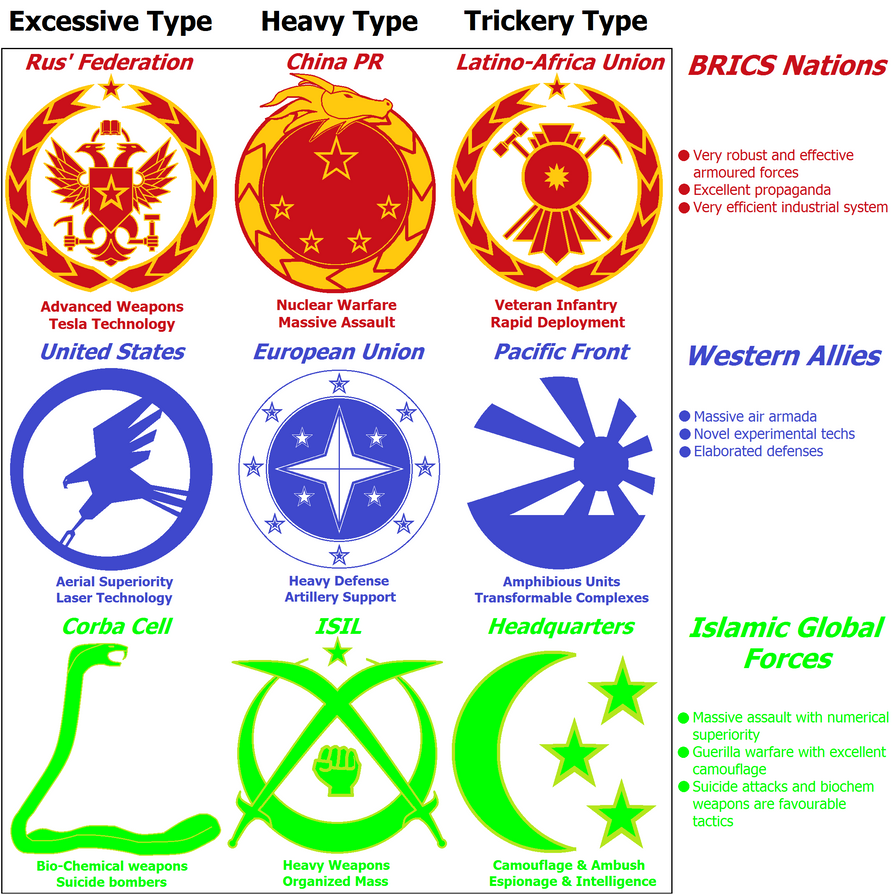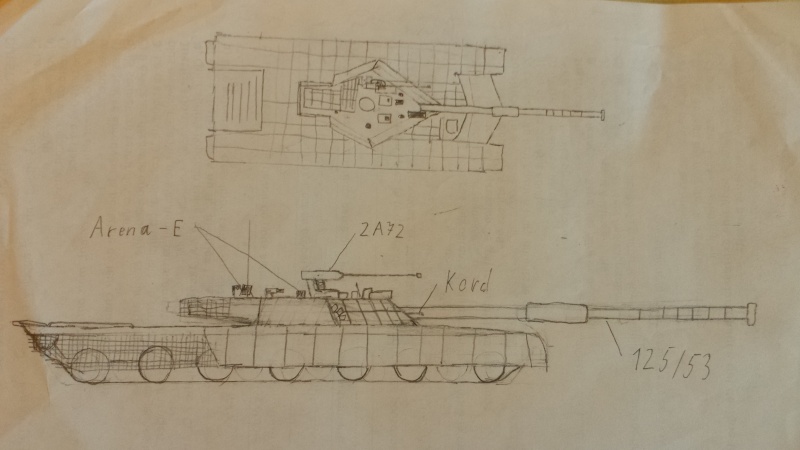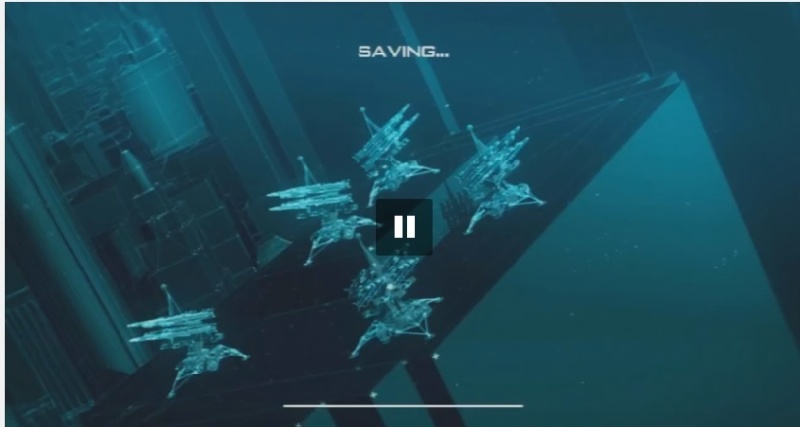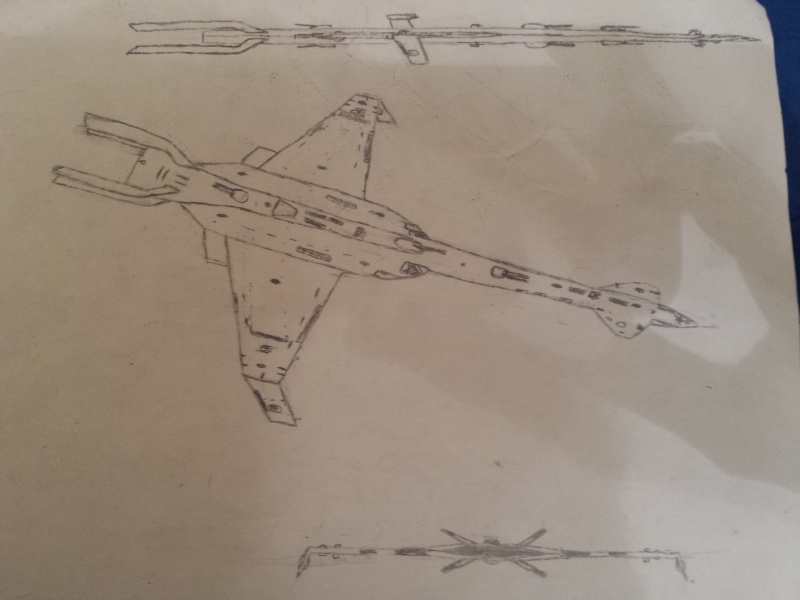Fire support indeed. And now, with those fire support ships gone, you can notice a serious lack of amphibious support capability, which could only be partly replaced by monitor type vessels (aka buyan).
For the Russian Navy the amphibious fire support will likely come from Ka-52s, but I also suspect that twin barrel 152mm guns on larger ships will offer potential for fire support in terms of range and accuracy making up for lighter shell weight of the older guns.
You aren't expecting modern battleships, battlecruisers to only have 16inch batteries and bofors AA, are you?
Modern cruisers will likely to be too large and heavy to operate close enough to shore to offer direct fire gun support. Work on EM cats for their carriers could result in EM launched shells mounted on smaller vessels... the problem of course is that cruise missiles cost more but have substantially greater range... no gun will be effective to 2,500km. For targets less than 100km distant however a powerful gun whatever means it uses to project the payload to the target would be the most cost effective, and more importantly would be able to deliver continuously day after day in any weather without breaking the bank.
We also have to remember to differentiate between railguns and electro-magnetic guns, because the Ru Navy may very go with the electro-magnetic gun with no rail (that would increase the durability, reliability and longevity compared to a 'railed' gun) powered by explosively generated batteries that fire projectiles beyond Mach 6-7 (like U.S. guns) in to the Mach 43-44 range.
Indeed the future potential is there... the thing is that with improvements in accuracy the massive weight of the 16 inch shells was useful but they were big calibre weapons mainly to penetrate enemy battleships and to have maximum range, whereas these new weapons are for targets on a modern battlefield that may not be armoured at all but might be 50km inland.
Range and accuracy become rather more critical though payload is still important.
















